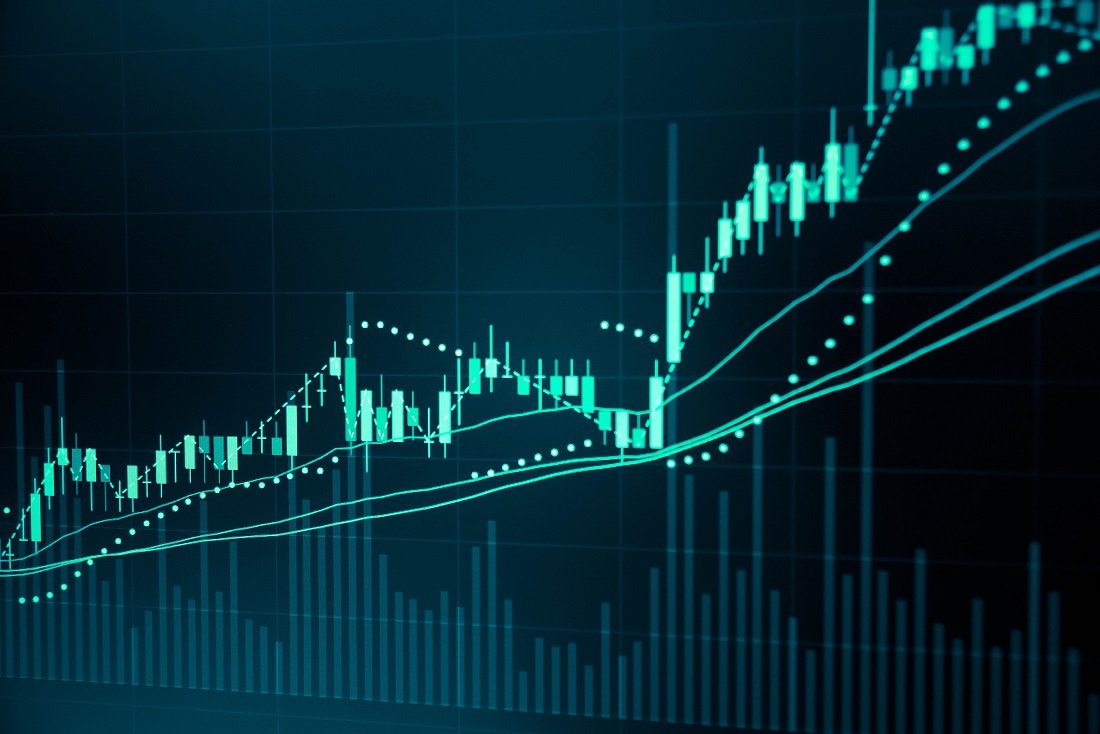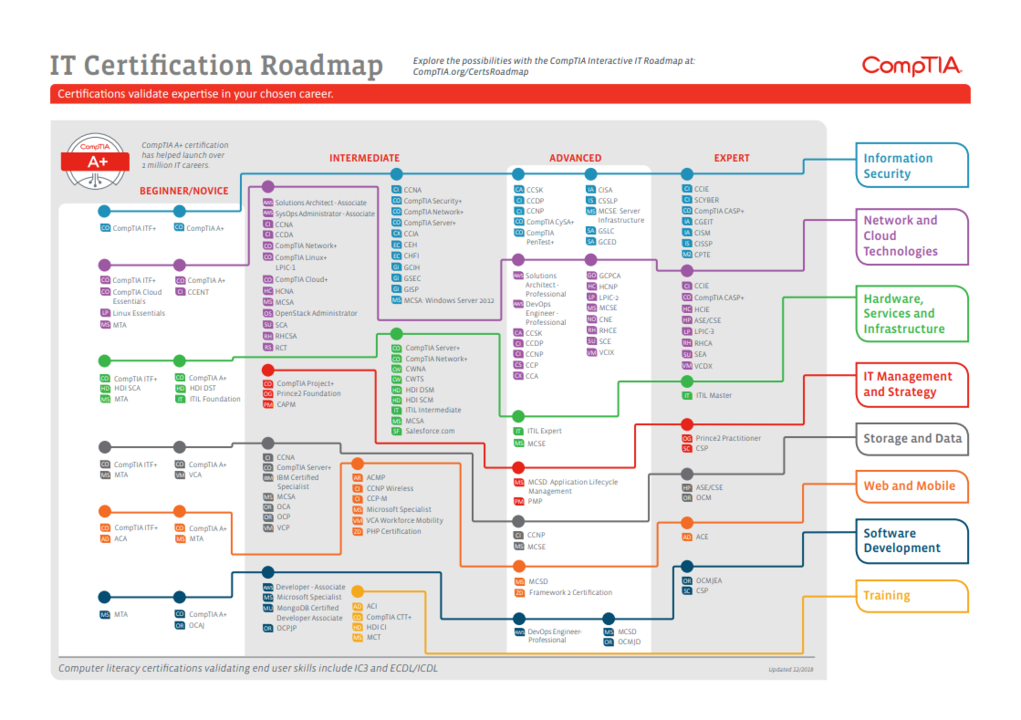Quantitative stock prediction using Python (With Apple example)
January 15, 2024 | by thecyberhub.net

Quantitative stock prediction refers to the use of mathematical and statistical models to forecast the future performance of individual stocks or the overall stock market. It involves analyzing various quantitative factors, such as historical price and volume data, financial ratios, market trends, and other relevant variables, to generate predictions or estimates of future stock prices or market movements.
Quantitative stock prediction relies on the assumption that historical patterns and relationships can provide insights into future price movements. It typically involves the application of techniques such as statistical regression models, time series analysis, machine learning algorithms, and data mining to identify patterns and correlations in large datasets.
Some common quantitative approaches to stock prediction include:
- Technical analysis: This approach focuses on analyzing historical price and volume data to identify patterns and trends that can help predict future price movements. Technical indicators, such as moving averages, relative strength index (RSI), and Bollinger Bands, are commonly used in this approach.
- Fundamental analysis: This approach involves analyzing a company’s financial statements, such as earnings reports, balance sheets, and cash flow statements, to evaluate its intrinsic value. Quantitative models can be used to assess various financial ratios and metrics, such as price-to-earnings (P/E) ratio, return on equity (ROE), and debt-to-equity ratio, to predict future stock prices.
- Quantitative models: These models use statistical and mathematical techniques to analyze historical data and identify patterns and relationships that can be used for prediction. Examples include regression models, autoregressive integrated moving average (ARIMA) models, and machine learning algorithms like random forests or neural networks.
It’s important to note that while quantitative models can provide valuable insights and assist in decision-making, they are not infallible and should be used in conjunction with other forms of analysis. The stock market is influenced by numerous unpredictable factors, such as geopolitical events, market sentiment, and economic indicators, which may not be fully captured by quantitative models alone.
This is an example of quantitative stock analysis using historical price for Apple stock using online data from Yahoo and python.
“`
import pandas_datareader as pdr
from datetime import datetime
from sklearn.linear_model import LinearRegression
# set the start and end dates for data retrieval
start_date = datetime(2020, 1, 1)
end_date = datetime(2021, 1, 1)
# retrieve data for Apple stock from Yahoo Finance
apple_data = pdr.DataReader(‘AAPL’, ‘yahoo’, start_date, end_date)
# calculate the daily returns for the stock
apple_data[‘daily_return’] = apple_data[‘Adj Close’].pct_change()
# calculate the moving average for the stock
apple_data[‘moving_average’] = apple_data[‘Adj Close’].rolling(window=20).mean()
# create a linear regression model
model = LinearRegression()
# train the model using the daily returns and moving average as input features
X = apple_data[[‘daily_return’, ‘moving_average’]].dropna()
y = apple_data[‘Adj Close’][20:].dropna()
model.fit(X, y)
# predict the closing price for the next day
last_day_data = apple_data.iloc[-1][[‘daily_return’, ‘moving_average’]].values.reshape(1, -1)
predicted_closing_price = model.predict(last_day_data)[0]
print(“Predicted closing price for tomorrow:”, predicted_closing_price)
This code retrieves data for Apple stock from Yahoo Finance using the `pandas_datareader` library. It then calculates the daily returns and moving average for the stock and uses these features to train a linear regression model. Finally, it predicts the closing price for the next day using the trained model and prints the result.
RELATED POSTS
View all


